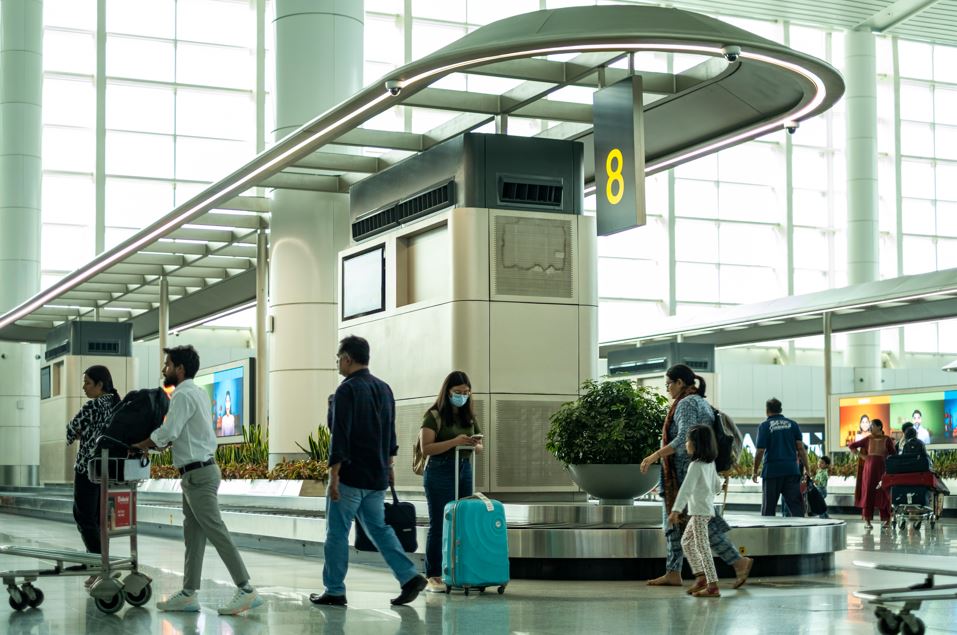
Airport infrastructure projects rank among the most intricate and capital-intensive undertakings in the construction industry. These projects require a delicate balance of functionality, safety, sustainability, and passenger satisfaction, all while adhering to strict timelines and budgets. To address these challenges, Value Engineering (VE) has emerged as a transformative methodology that ensures optimal use of resources, enhances performance, and minimizes costs without compromising quality.
At its core, Value Engineering is about maximizing value for every dollar spent. It is a structured, systematic approach aimed at improving project design, materials, and processes while maintaining the essential functions of the project. Unlike traditional cost-cutting measures, VE emphasizes “value” — a blend of functionality, performance, and long-term benefits.
The process involves assembling a diverse team of experts to collaboratively evaluate the project, identify areas for improvement, and propose creative alternatives. The focus is on achieving the best balance between cost and performance through careful analysis and innovative thinking.
Airport projects are inherently more complex than other types of construction due to their multifaceted nature. Each component — from terminals to runways, parking facilities to baggage systems — presents unique challenges, such as:
1. Cost Overruns: Given their scale and complexity, airport projects are highly susceptible to budget inflation due to unforeseen challenges.
2. Operational Constraints: Construction must often proceed without disrupting ongoing airport operations, requiring meticulous planning.
3. Stringent Regulations: Compliance with local building codes and international aviation safety standards adds another layer of complexity.
4. Sustainability Goals: Modern airports are expected to reduce their environmental footprint, incorporating features like renewable energy and efficient resource management.
Value Engineering systematically addresses these challenges by focusing on key project goals and proposing innovative, cost-effective solutions. Here’s how VE makes a significant impact:
VE ensures that every element of the project contributes to its core functions. For example, adopting modular construction for terminal buildings can reduce costs, accelerate timelines, and provide flexibility for future expansion.
Airports consume vast resources, but VE helps integrate sustainable features such as:
These solutions reduce operating costs and align with global environmental goals.
By analyzing passenger flow and facility layouts, VE can optimize designs to enhance convenience and efficiency. For instance, reconfiguring the placement of security checkpoints can significantly reduce congestion and improve passenger satisfaction.
VE enables teams to preempt potential risks by exploring alternative solutions during the planning phase. This proactive approach reduces the likelihood of costly redesigns and delays during construction.
Unlike short-sighted cost-cutting measures, VE takes a long-term view. By selecting materials and systems with lower maintenance costs, projects achieve significant operational savings over time.
To fully realize the benefits of VE, the following practices are essential:
1. Engage Stakeholders Early: Collaboration among all stakeholders ensures the process aligns with project objectives.
2. Prioritize Critical Functions: Focus on essential functions to maximize resource efficiency without compromising quality.
3. Foster Innovation: Encourage brainstorming to uncover unconventional yet effective solutions.
4. Evaluate Lifecycle Costs: Consider long-term operational and maintenance expenses when assessing alternatives.
5. Integrate VE at Every Phase: Make VE a continuous process, revisiting it during planning, design, and construction to adapt to evolving project needs.
Value Engineering is far more than a cost-reduction tool — it is a strategic approach that fosters innovation, enhances sustainability, and ensures optimal functionality in airport infrastructure projects. By incorporating VE from the early stages, stakeholders can strike a balance between cost, quality, and environmental responsibility.
As Roy Sebastian, CEO of GEMS, rightly emphasizes:
“Value engineering is not just about reducing costs—it’s about optimizing every aspect of a project to deliver the best value, while balancing performance, sustainability, and long-term success. By focusing on functionality, efficiency, and innovation, we ensure that airport infrastructure projects are not only cost-effective but also future-ready.”
The future of airport infrastructure lies in resilience, efficiency, and sustainability — all of which are achievable through the strategic application of Value Engineering. By adopting VE, we can build smarter, more sustainable airports that meet the demands of today while preparing for the challenges of tomorrow.
For expert Value Engineering solutions, contact us at Rohitkumar.Singh@gmrgroup.in or call us at +91 9717199753. Let us help you transform your airport projects with innovation and efficiency.
If you need any services, drop us a mail at Rohitkumar.Singh@gmrgroup.in or get in touch with us at +919717199753.